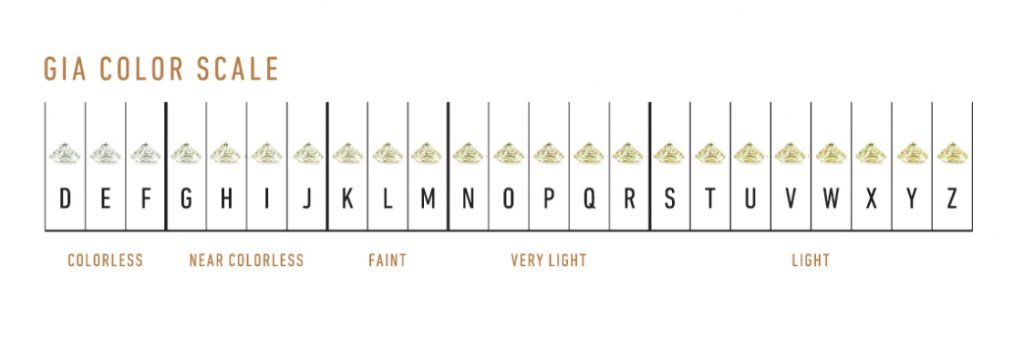
GIA Colour Scale
Diamonds naturally vary in colour, with diamonds the grading is actually done based on the lack of colour, the more colourless a diamond is the more rarer it is. Diamonds are graded on a scale from D (colourless) to Z (which has a yellow tint).
At KASHKA we only hand select exceptional diamonds in the near colourless range (D-J), with most of our customers choosing G ( near colourless) for their bespoke order.
Beyond the colour grade Z; diamond colours move in to Fancy Coloured diamonds which are available in a range of hues but are exceptionally rare, only one in 10,000 diamonds has a fancy colour. If you are interested in Fancy Coloured diamonds, please contact us on bespoke@kashkalondon.co.uk to find out more information.







